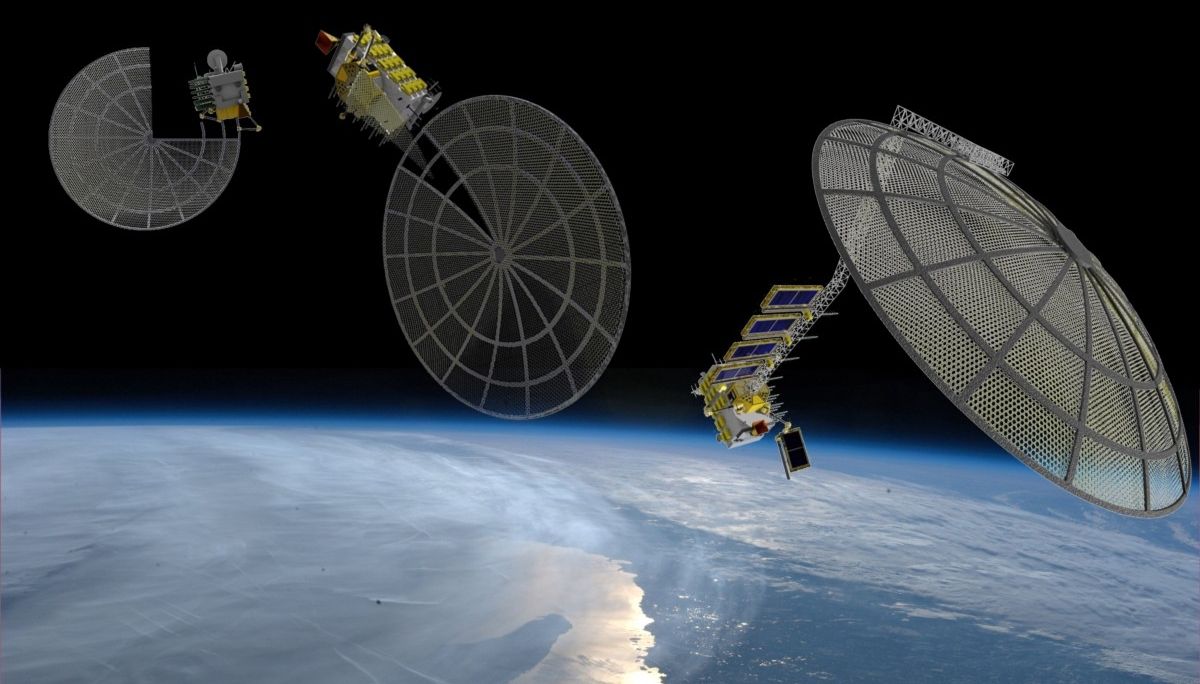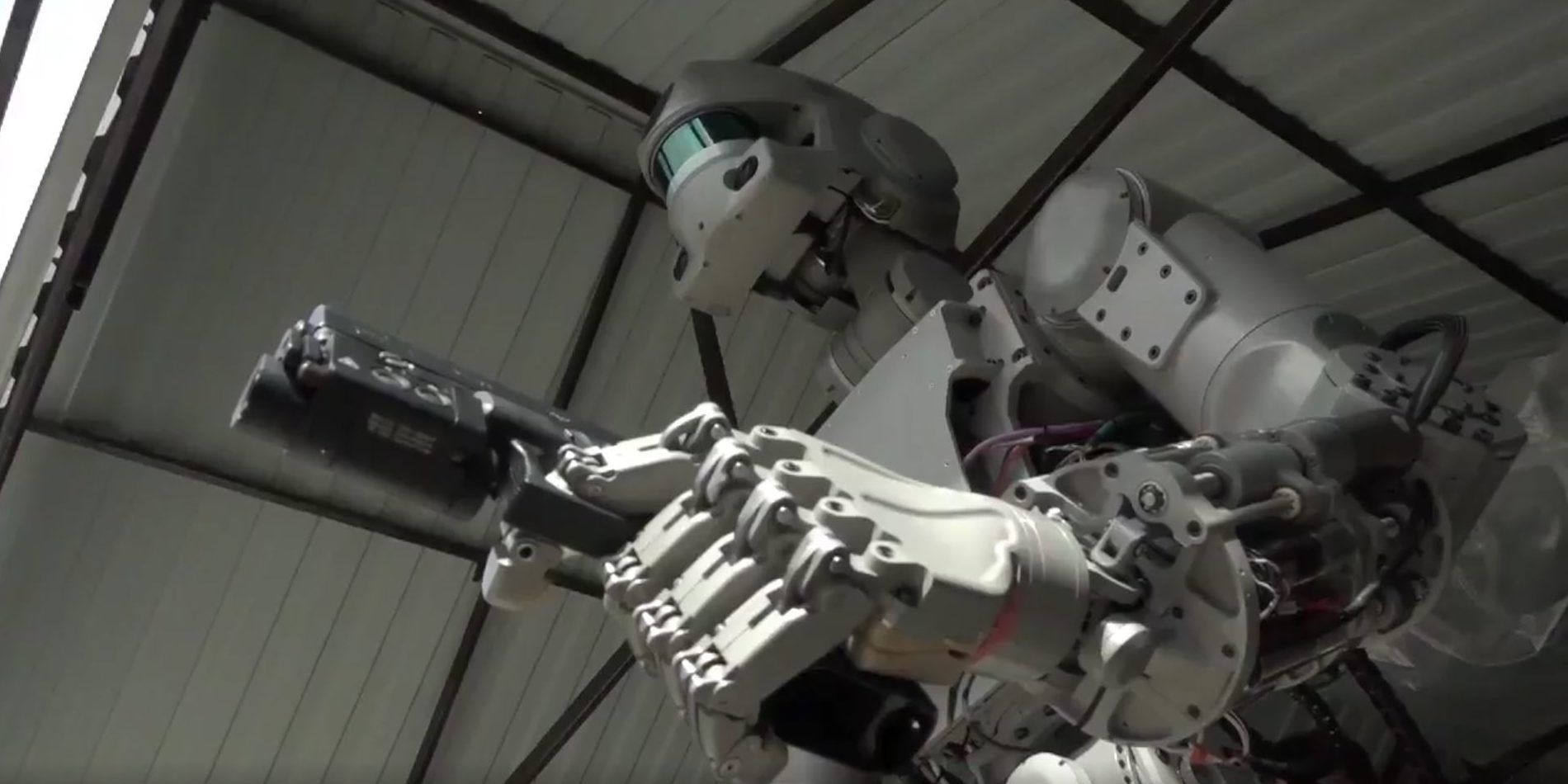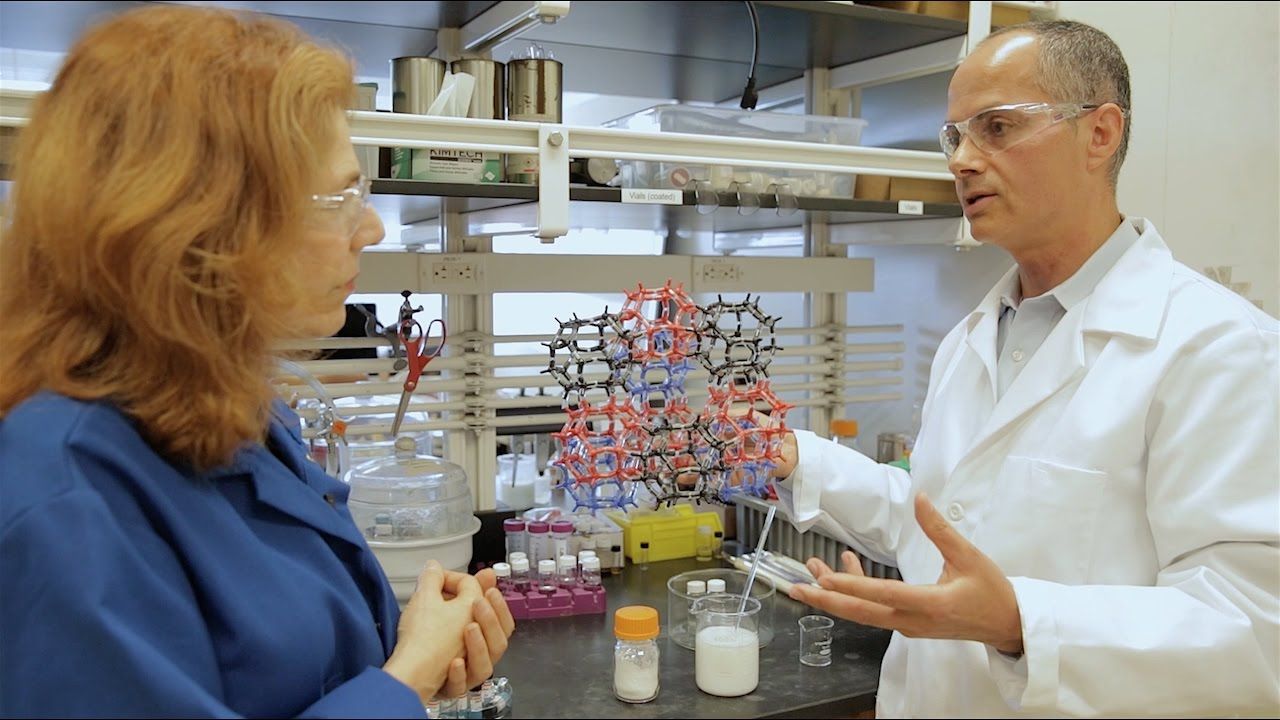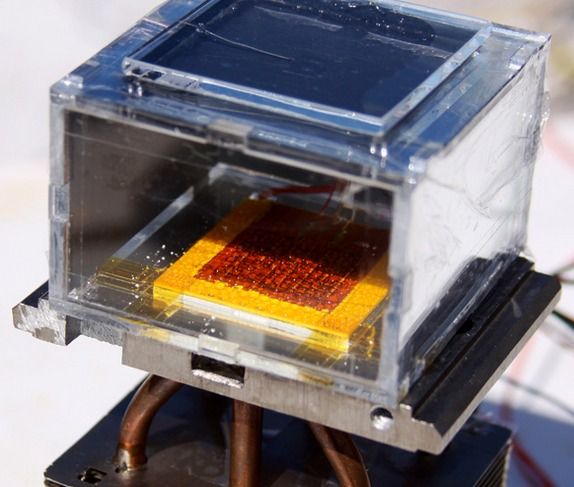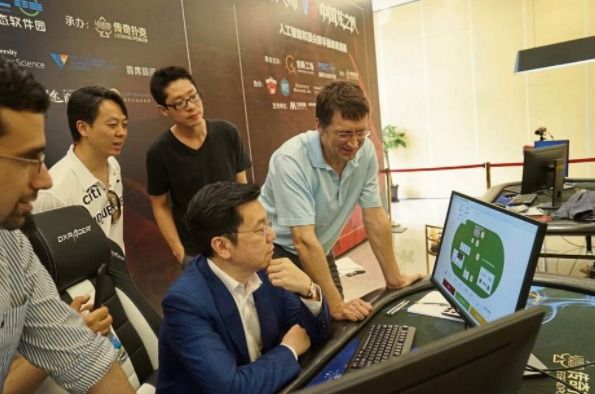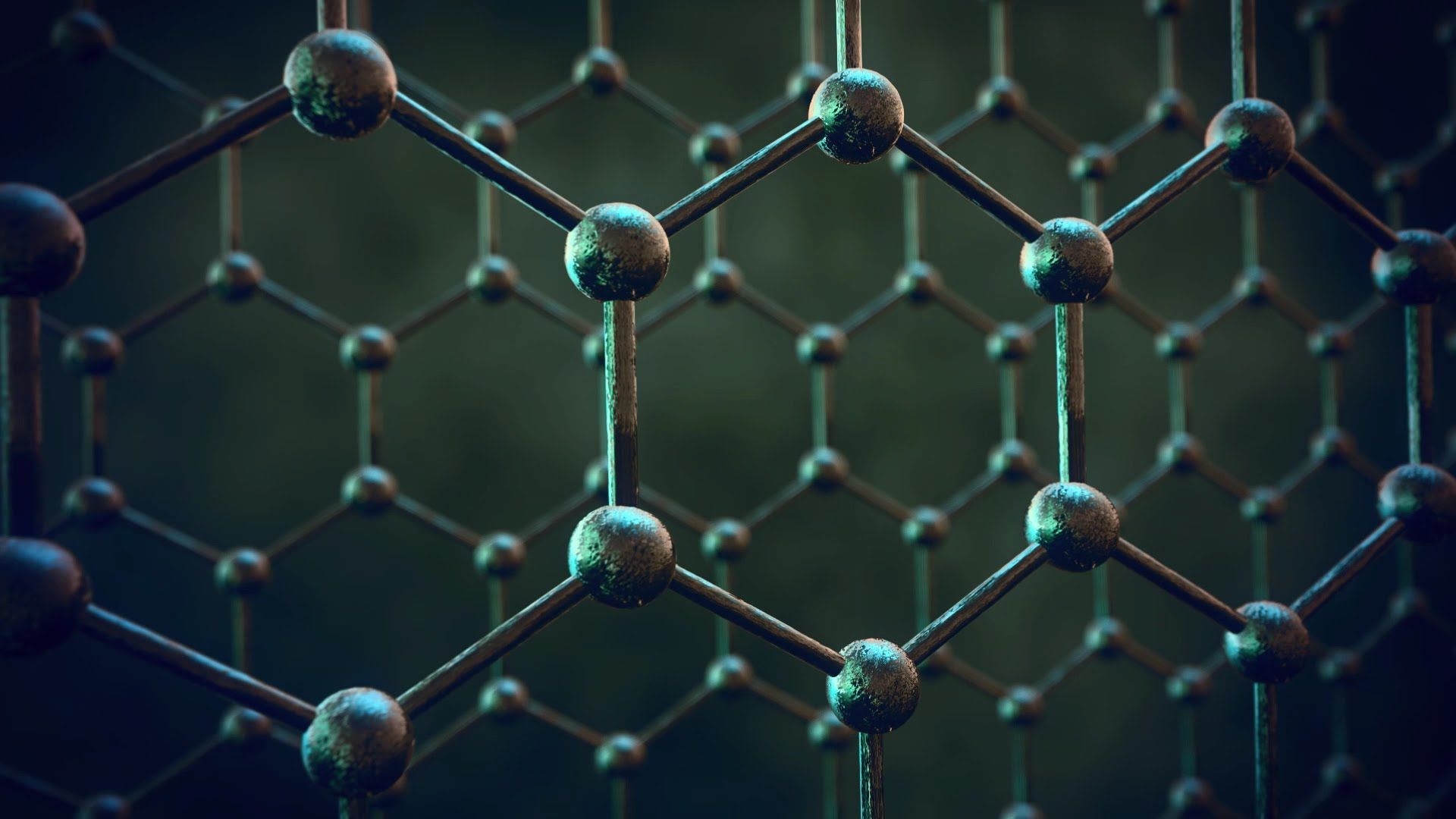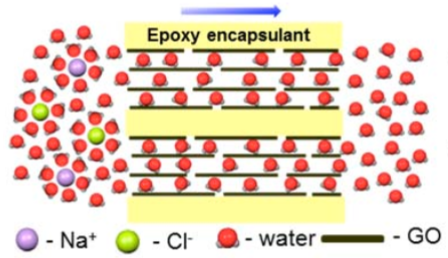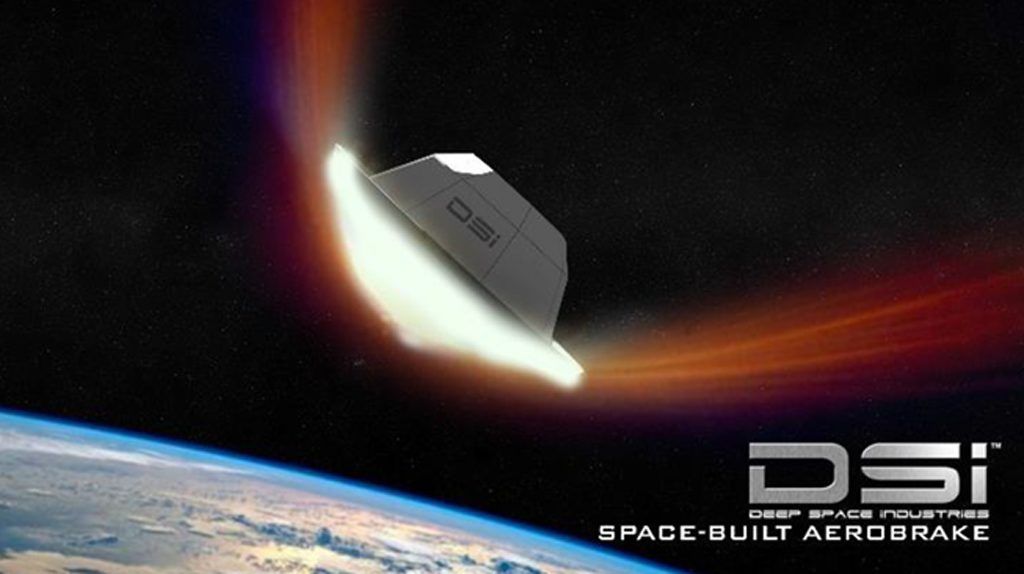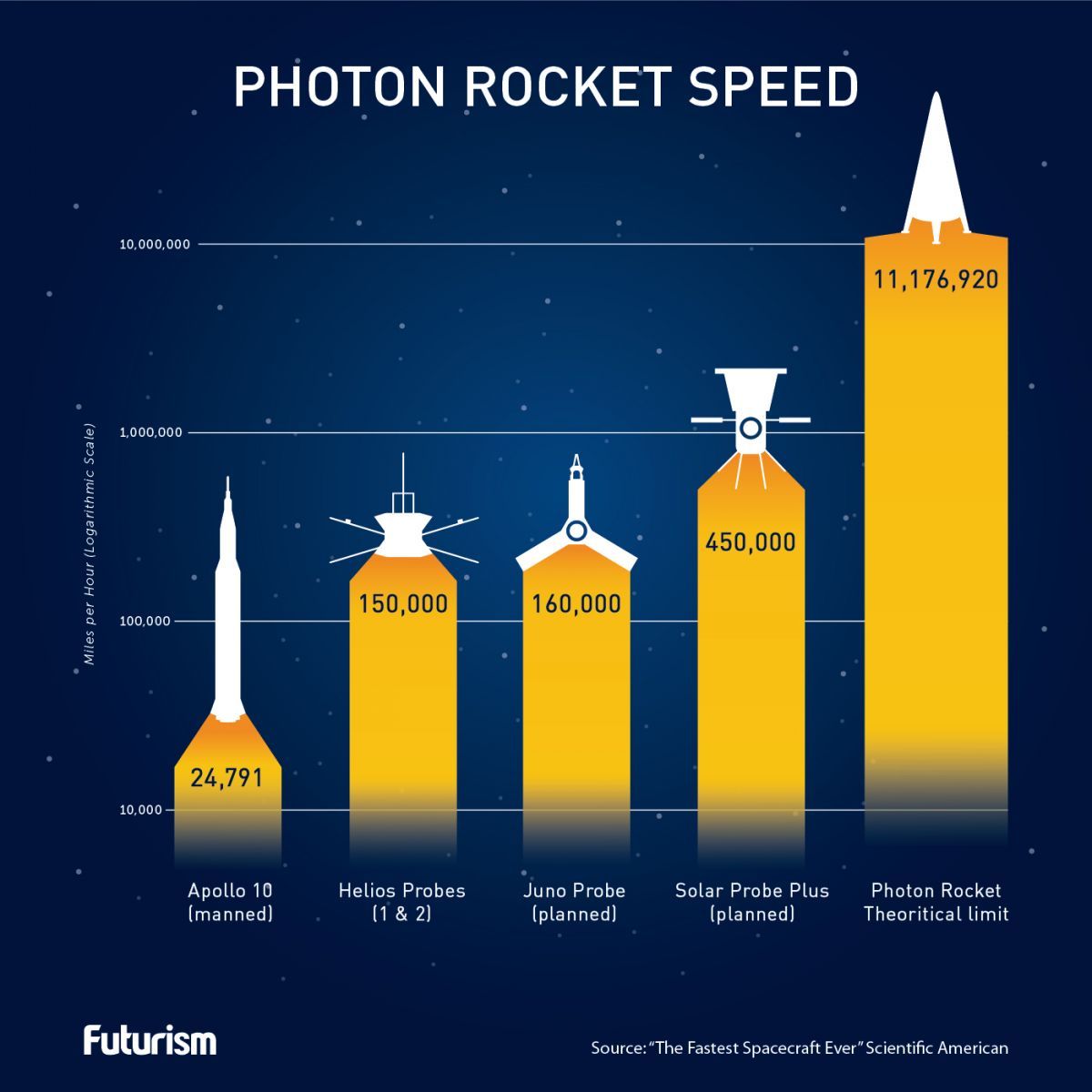Apr 15, 2017
Trapped ions and superconductors face off in quantum benchmark
Posted by Saúl Morales Rodriguéz in categories: computing, quantum physics
The race to build larger and larger quantum computers is heating up, with several technologies competing for a role in future devices. Each potential platform has strengths and weaknesses, but little has been done to directly compare the performance of early prototypes. Now, researchers at the JQI have performed a first-of-its-kind benchmark test of two small quantum computers built from different technologies.
The team, working with JQI Fellow Christopher Monroe and led by postdoctoral researcher Norbert Linke, sized up their own small-scale quantum computer against a device built by IBM. Both machines use five qubits—the fundamental units of information in a quantum computer—and both machines have similar error rates. But while the JQI device relies on chains of trapped atomic ions, IBM Q uses coupled regions of superconducting material.
To make their comparison, the JQI team ran several quantum programs on the devices, each of which solved a simple problem using a series of logic gates to manipulate one or two qubits at a time. Researchers accessed the IBM device using an online interface, which allows anyone to try their hand at programming IBM Q.
Continue reading “Trapped ions and superconductors face off in quantum benchmark” »


